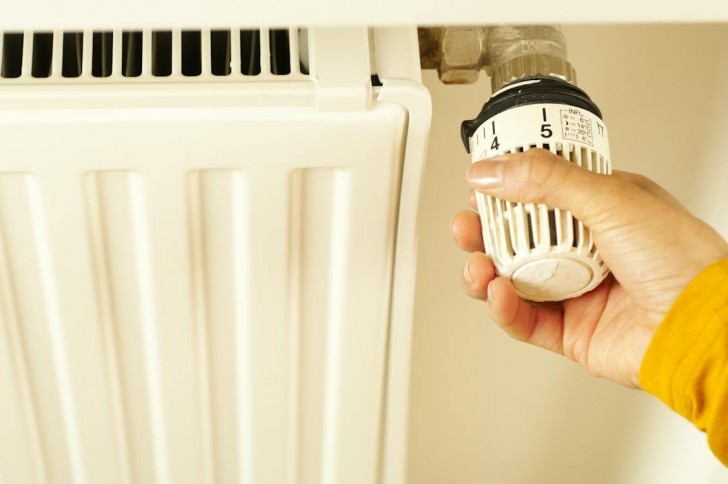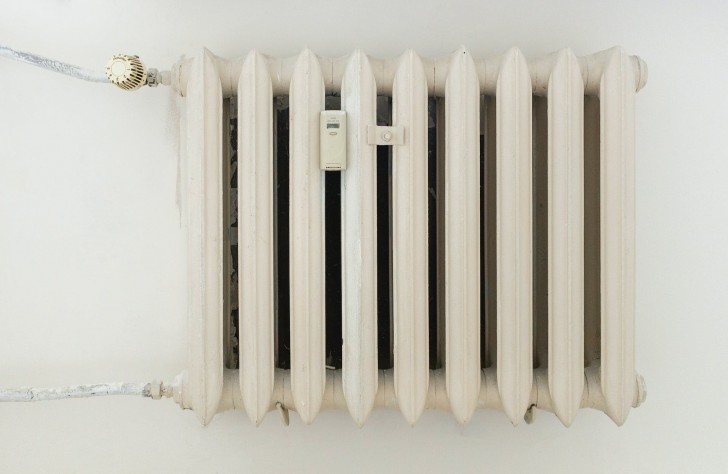Did you forget to dust the radiators? Find out why this matters and why it should never be neglected

We can't do without them as soon as the temperatures drop in autumn and winter, but are we sure we're using our radiators in the best way possible? There's one thing that we need to remember to do regularly, but which we often forget: dusting the radiators. It's a bit of a bothersome task, but the longer we postpone it, the more challenging it will be to do.
So, when the time comes to turn the radiators on, it's important to make sure they are properly dusted. But why is this? Let's see it together:
Dusting radiators: why it's necessary

Here's the bottom line: a dusty radiator consumes more energy. In fact, when there's a layer of dirt or dust on the external surface of these devices, the heat is distributed less evenly into the surrounding environment. They radiate unevenly, so we keep them on for longer to feel the warmth properly.
How often should you dust the radiators? During the period when they are regularly on, it is recommended to do this every month. So, grab your calendar, and mark down this monthly chore.
How to dust radiators

BOOM/Pexels
First and foremost, always remember to touch the radiators only when they are cool/cold to avoid getting burned. Do this chore before you start using them or when they have been off for several hours.
If you have a powerful vacuum cleaner with the right attachments to reach into every nook and cranny, use this; otherwise, you'll have to do it by hand. You can do this most efficiently by following these steps:
- Get some old rags, towels, or sheets that have been slightly dampened (they shouldn't be dripping wet) and place them behind and under the radiator to be cleaned.
- Take a hairdryer and point it at the radiator to blow away all the dirt, which will be captured by the dampened sheets.
- Finish the job (without removing the sheets) with microfiber cloths. To reach into crevices, you can simply wrap them around a stick and secure the cloth with a rubber band.
- Gently pick up the cloths and place them in the wash, being careful not to let the dust fall out!
Washing a radiator

Patrycja Grobelny/Pexels
If you think that dusting is not to properly clean the radiators, you may want to wash the external surfaces. Avoid using products that are too acidic or aggressive unless strictly necessary, as they can damage the paint finishes. You can safely use Marseille soap or a drop of dish soap. Simply wipe soapy water with a sponge or microfiber cloth over the radiator, then rinse and dry off immediately.
If there are stubborn greasy deposits, you can use degreasers or even DIY products with vinegar, citric acid, or baking soda, to be rinsed off immediately and used sparingly. For knobs and external valves, you can use a brush or an old toothbrush.
Of course, it's always best to have rags/sheets protecting the floor when you do this job.
Are you ready to clean your radiators?